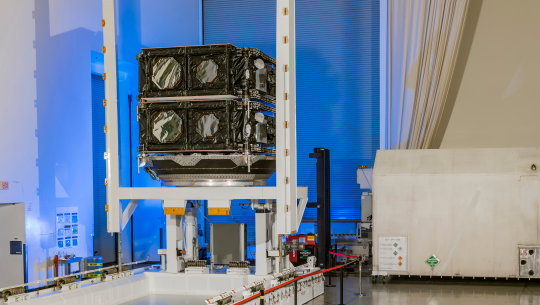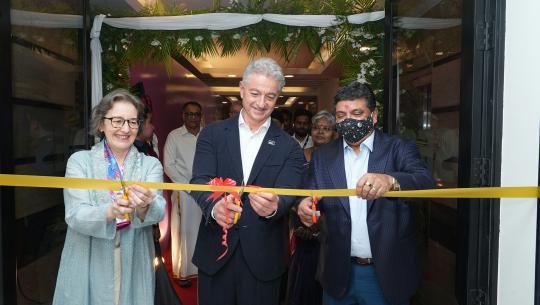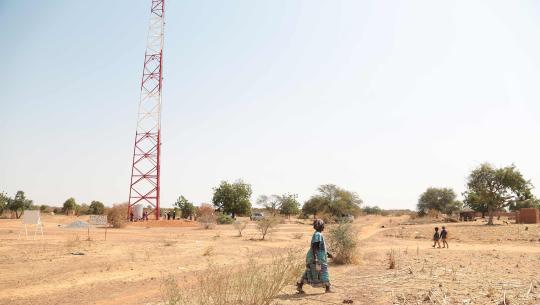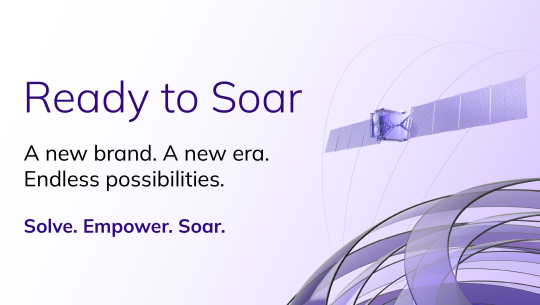Blog
Filters
Blog


Blog |
Newsflash: SES Boosts Asia Satellite Capacity with SKY Perfect JSAT Agreement
Newsflash: SES Boosts Asia Satellite Capacity with SKY Perfect JSAT Agreement Read more
Blog


Blog |
Newsflash: Arqiva and SES Sign Multi-Year Capacity Agreement
Newsflash: Arqiva and SES Sign Multi-Year Capacity Agreement Read more
Blog


Blog |
Building Intelligent Networks for a Connected World: Powering Industrial Automation with O3b mPOWER
Building Intelligent Networks for a Connected World: Powering Industrial Automation with O3b mPOWER Read more
Blog


Blog |
Navigating the NGSO Era: Balancing Sovereignty, Safety, and Innovation at WRC-27
Navigating the NGSO Era: Balancing Sovereignty, Safety, and Innovation at WRC-27 Read more
Blog


Blog |
Newsflash: SES Launches ASTRA TV in Spain
Newsflash: SES Launches ASTRA TV in Spain Read more
Blog


Blog |
When Fibre Fails: How Resilient Connectivity Keeps Us Going
When Fibre Fails: How Resilient Connectivity Keeps Us Going Read more
Blog


Blog |
Newsflash: SES’s Ninth and Tenth O3b mPOWER Satellites Arrive at Cape Canaveral
Newsflash: SES’s Ninth and Tenth O3b mPOWER Satellites Arrive at Cape Canaveral Read more
Blog


Blog |
WRC-27: Maintaining the Delicate Balance Necessary for the Continued Success of all Satellite Systems
WRC-27: Maintaining the Delicate Balance Necessary for the Continued Success of all Satellite Systems Read more
Blog


Blog |
Newsflash: SES Inaugurates New Office in Chennai, India
Newsflash: SES Inaugurates New Office in Chennai, India Read more
Blog


Blog |
Newsflash: De Boer Marine and SES Expand Connectivity Services Deal to Accelerate Shipping Digitalisation
Newsflash: De Boer Marine and SES Expand Connectivity Services Deal to Accelerate Shipping Digitalisation Read more
Blog

Blog |

